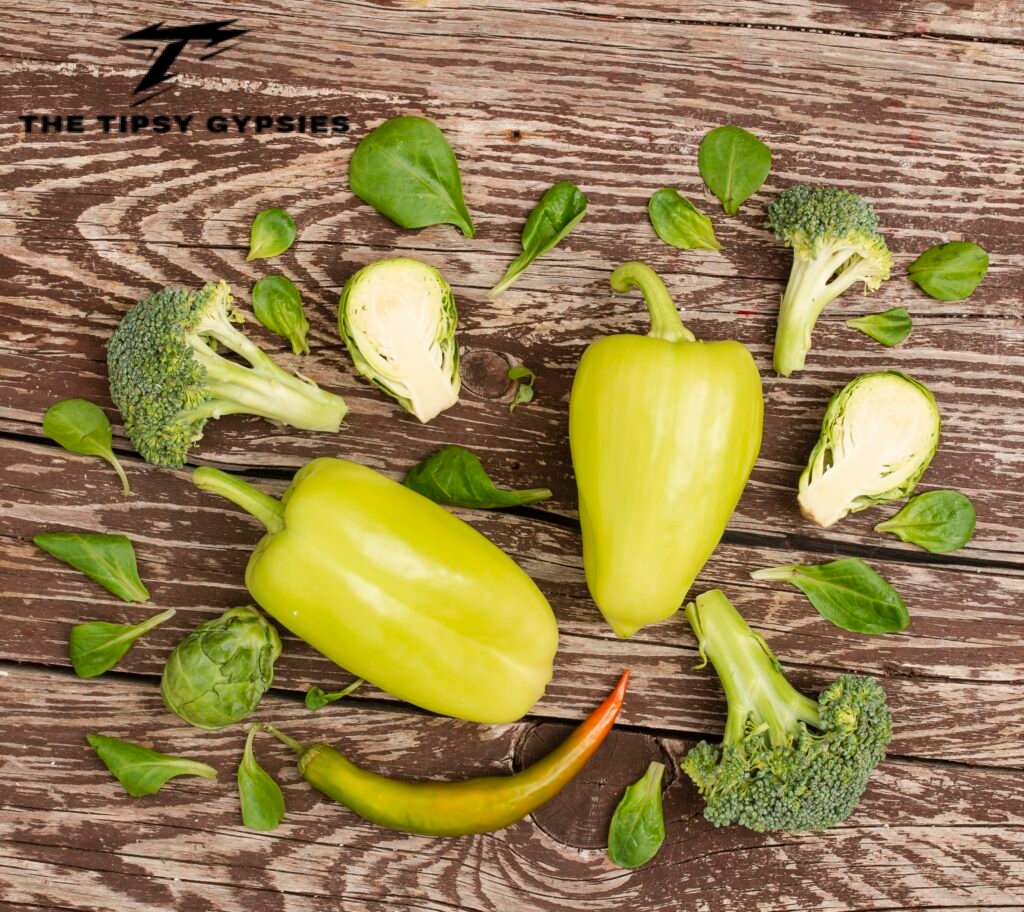Crocolini is a bright green hybrid vegetable created by crossbreeding broccoli with Chinese broccoli, also called gai lan. This fusion combines the tender florets of traditional broccoli with the long, crisp stalks of its Chinese relative, producing a vegetable that is both visually appealing and extremely versatile in cooking. It offers a balance of mild sweetness, gentle bitterness, and satisfying crunch.
Beyond its taste, Crocolini is rich in vitamins, minerals, and antioxidants, making it a powerful choice for those who care about health and nutrition. As more chefs and home cooks discover its unique qualities, Crocolini is quickly becoming a favorite in modern kitchens.
The origins and agricultural innovation behind Crocolini
Crocolini is the result of purposeful agricultural innovation. Farmers and plant breeders set out to combine the best qualities of two related vegetables to create a crop with improved taste, texture, and cooking performance. Traditional broccoli is prized for its dense florets, while Chinese broccoli is valued for its leafy greens and crisp stems with a slight earthy note.
By crossing them, breeders produced a plant that delivers a broader culinary range without losing its high nutritional value. The process reflects a growing trend in modern horticulture, where new vegetables are developed to meet changing culinary tastes and health-conscious lifestyles.
Farmers also appreciate Crocolini’s resilience to different climates and growing conditions, making it a promising crop for both small local farms and large-scale production.
Appearance and flavor profile
Crocolini has a fresh, vibrant look that makes it stand out. Its bright green color is a clear sign of freshness and vitality. The vegetable features small, tender florets that sit on long, slender stems, which are slightly thicker than those of Chinese broccoli. The stems are firm yet tender, making them entirely edible without the need for peeling or heavy trimming.
The flavor is where Crocolini truly stands out. The florets have a mild, slightly sweet taste similar to young broccoli, while the stems provide a satisfying crunch with a gentle bitterness that becomes richer when cooked. This mix of textures and flavors makes it suitable for both quick cooking and slow roasting.
Nutritional benefits and health advantages
Crocolini is more than just attractive — it is a nutrient-packed food that supports a healthy diet. It is a great source of vitamins A and C, which help boost immunity, keep skin healthy, and support good vision. It is also rich in vitamin K, which strengthens bones and helps with blood clotting.
This hybrid vegetable is loaded with antioxidants that protect the body’s cells from damage caused by free radicals, lowering the risk of chronic illness. Its fiber content supports digestion, keeps you full for longer, and helps control blood sugar levels.
With its low calorie count and high nutritional value, Crocolini is ideal for people looking to eat healthy without giving up flavor.
How to prepare and cook Crocolini
Crocolini’s flexibility in the kitchen is one of the main reasons for its growing popularity. It can be prepared in ways that keep its vibrant color and fresh flavor, or in methods that bring out deeper, roasted notes.
Steaming keeps the vegetable tender and preserves its vitamins, making it an easy side dish with just olive oil and a pinch of salt.
Sautéing with garlic, ginger, or chili flakes brings out its natural sweetness and adds an aromatic touch.
Roasting creates a slight caramelization in both florets and stems, giving a warm, nutty flavor that pairs well with lemon or balsamic vinegar.
Stir-frying with soy sauce, sesame oil, and other vegetables makes for a colorful and healthy main dish.
It can also be eaten raw, sliced thin for salads, adding a crisp bite and a fresh green color.
Culinary pairings and recipe inspiration
Crocolini’s mild taste pairs beautifully with strong, bold flavors. Citrus like lemon or orange adds brightness, while nuts such as almonds or cashews give extra crunch. In pasta, it blends seamlessly with creamy sauces or light olive oil dressings.
In Asian-style dishes, it works perfectly with ginger, soy, and sesame for a balanced mix of umami and freshness. For breakfast, it can be added to omelets, frittatas, or quiches for an elegant touch.
At dinner, it makes a delicious side to grilled fish, roasted chicken, or plant-based proteins like tofu.
Storage and freshness tips
To keep Crocolini fresh and full of flavor, store it in the refrigerator in a breathable produce bag to prevent moisture buildup. Use within three to five days for best taste and nutrition. Do not wash it before storing, as moisture can cause it to spoil faster.
If you have more than you can use, blanch it briefly in boiling water, then freeze it. This method locks in color, texture, and nutrients, making it easy to use in future meals like stir-fries, soups, or pasta dishes.
Availability and where to buy Crocolini
Crocolini’s rising popularity means you can now find it in both specialty food stores and larger supermarkets. Farmers’ markets often have fresher options, and you can ask growers about the best cooking tips.
Online produce delivery services also carry Crocolini, delivering it straight to your home. While it may be most abundant in cooler months, modern greenhouse farming means it is often available year-round.
Environmental and sustainability considerations
Hybrid vegetables like Crocolini help promote agricultural sustainability by encouraging crop diversity. This variety in planting supports soil health, reduces pests naturally, and makes farming more resilient to climate changes.
Because Crocolini is bred for durability and adaptability, it may need fewer pesticides compared to more delicate crops. Choosing vegetables like Crocolini supports the wider movement toward sustainable farming and responsible food production.
Cultural and culinary significance
Even though Crocolini is a modern hybrid, it carries traditions from both Western and Eastern cooking. Broccoli is a long-standing favorite in European and North American kitchens, while Chinese broccoli is a key ingredient in many Asian cuisines.
Crocolini acts as a bridge between these worlds, inspiring creative fusion recipes and cross-cultural dishes. Its presence on restaurant menus reflects its appeal to chefs who value beauty and function in ingredients. In home kitchens, it encourages experimentation and helps cooks move beyond the usual vegetable choices.
Conclusion
Crocolini is more than just a food trend. It is a versatile, nutrient-rich vegetable that represents the best of modern agriculture and culinary creativity. Its combination of flavors, textures, and cooking flexibility make it a valuable addition to any diet.
From simple weeknight meals to special occasions, Crocolini can elevate a dish while also supporting health and sustainability. Whether bought at a local market, specialty store, or online, it brings color, taste, and nutrition to the table.
Adding Crocolini to your kitchen is a choice that blends good flavor, good health, and good conscience.
Frequently Asked Questions ( FAQs )
What is Crocolini?
Crocolini is a hybrid vegetable created by crossbreeding broccoli with Chinese broccoli (gai lan). It features soft broccoli-like florets paired with long, crunchy stems, delivering a gentle sweetness and a satisfying bite.
How do you cook Crocolini?
You can steam, sauté, roast, stir-fry, or eat Crocolini raw. Steaming preserves nutrients, sautéing enhances sweetness, roasting adds a nutty taste, and stir-frying pairs well with sauces and seasonings.
What are the health benefits of Crocolini?
Crocolini is rich in vitamins A, C, and K, contains antioxidants that protect cells, and provides dietary fiber for healthy digestion. It is low in calories yet high in nutrients.
Where can I buy Crocolini?
Crocolini is sold in many grocery stores, farmers’ markets, and specialty produce shops. It is also available through online produce delivery services in some regions.
How should you store Crocolini?
Store Crocolini in the refrigerator inside a breathable produce bag without washing it first. Use within three to five days, or blanch and freeze it to keep its color, flavor, and nutrients.






